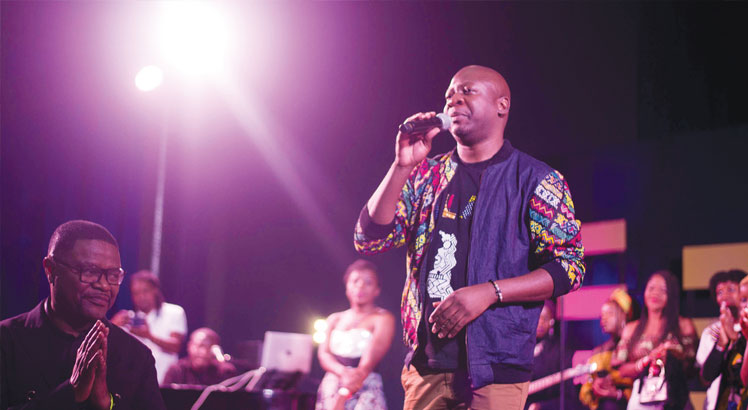Bid to solve centuries-old artefact puzzle
The world has, most probably, not seen an artefact generate so much debate and trigger a barrage of controversy as the Shroud of Turin.
This artefact, as its frailty suggests, is an ancient linen cloth that measures 4.4 metres in length and 1.1m in width. It depicts an image of what appears to be a crucified man’s body, www.livescience.com describes it.

On display at the Roman Catholic Cathedral of Saint John the Baptist in Turin, Italy, the Shroud has for the past five centuries been regarded as the one true burial cloth of Jesus, who Christians believe is the son of God.
Scholars have vigorously debated its authenticity so have archaeologists, scientists, historians and theologists.
And now, here at home, Assemblies of God pastor Nicky Chakwera has joined the bandwagon of those lining up hypotheses. He has organised a public presentation to tackle the artefact’s authenticity.
Through the free presentation scheduled for this evening at the Crossroads Hotel in Lilongwe, Chakwera seeks to answer the question: Is it the real burial cloth of Jesus?
In a response to a questionnaire, he said: “Millions have gone to see this shroud. The fascinating question is whether or not this burial shroud is the one Jesus was wrapped with.”
Chakwera said his choice of the topic is inspired by his previous dismissal of the shroud as an unnecessary embarrassment to the believers.
“I am now an enthusiast because it is quite remarkable in a lot of ways. I’m hoping to spark a curiosity in those that have never heard or paid attention to the issue, and to challenge those that dismiss it as I used to,” he said.
Asked what he intends to achieve through the presentation, Chakwera responded: “If it is true, then we have one more piece of evidence collaborating the history narrated in the Bible.
“During this Easter season, it is worth anyone’s time to reflect on this kind of topic that has value intellectually and spiritually.”
At the event where renowned musician Faith Mussa is expected to perform, there will be a question and answer session to “clarify wherever possible especially for those who will find the information to be new.”
Despite the fact that Roman Catholic Pope Clement VII declared the shroud fake over 600 years ago, debate surrounding its authenticity has been rife.
From the 20th century, people on both sides of the debate began to bolster their arguments with scientific studies.
According to www.history.com, in the 1970s, the Shroud of Turin Research Project said the markings on the cloth were consistent with a crucified body and that the stains were real human blood.
“In 1988, one group of scientists said their analysis showed the shroud originated between 1260 and 1390, while another said their analysis showed it originated between 300 B.C. and A.D. 400.
“In 2018, researchers used forensic techniques to argue the blood stains on the shroud couldn’t have come from Christ,” reads part of the article titled Shroud of Turin: 7 Intriguing Facts.
The earliest historical records show that the artefact was in Lirey, France during the 1350s. A French knight named Geoffroi de Charny allegedly presented it to the dean of the church in Lirey as Jesus’ authentic burial shroud.
The Shroud of Turin is guarded by security cameras and bullet proof and it is glass. In 1997, when a fire broke out in the Cathedral of Saint John the Baptist, firefighters had to hammer through four layers of bulletproof glass to save it.
In an interview, University of Malawi associate professor of communication and cultural studies Anthony Gunde said focusing the public presentation on the Shroud of Turin was timely as the country gears up for Easter.
“It has been a very controversial issue and this is a very appropriate time for the lecturer because we are approaching the time that we commemorate the death and resurrection of Jesus Christ.
“The presentation will be helpful to those who are a little bit younger. We have so many things that are surrounding us. We have gadgets and all these movies on Netflix. So, attention to such historical items is kind of shrinking away. It is important to reinvigorate such kind of historical artefact,” he said.





